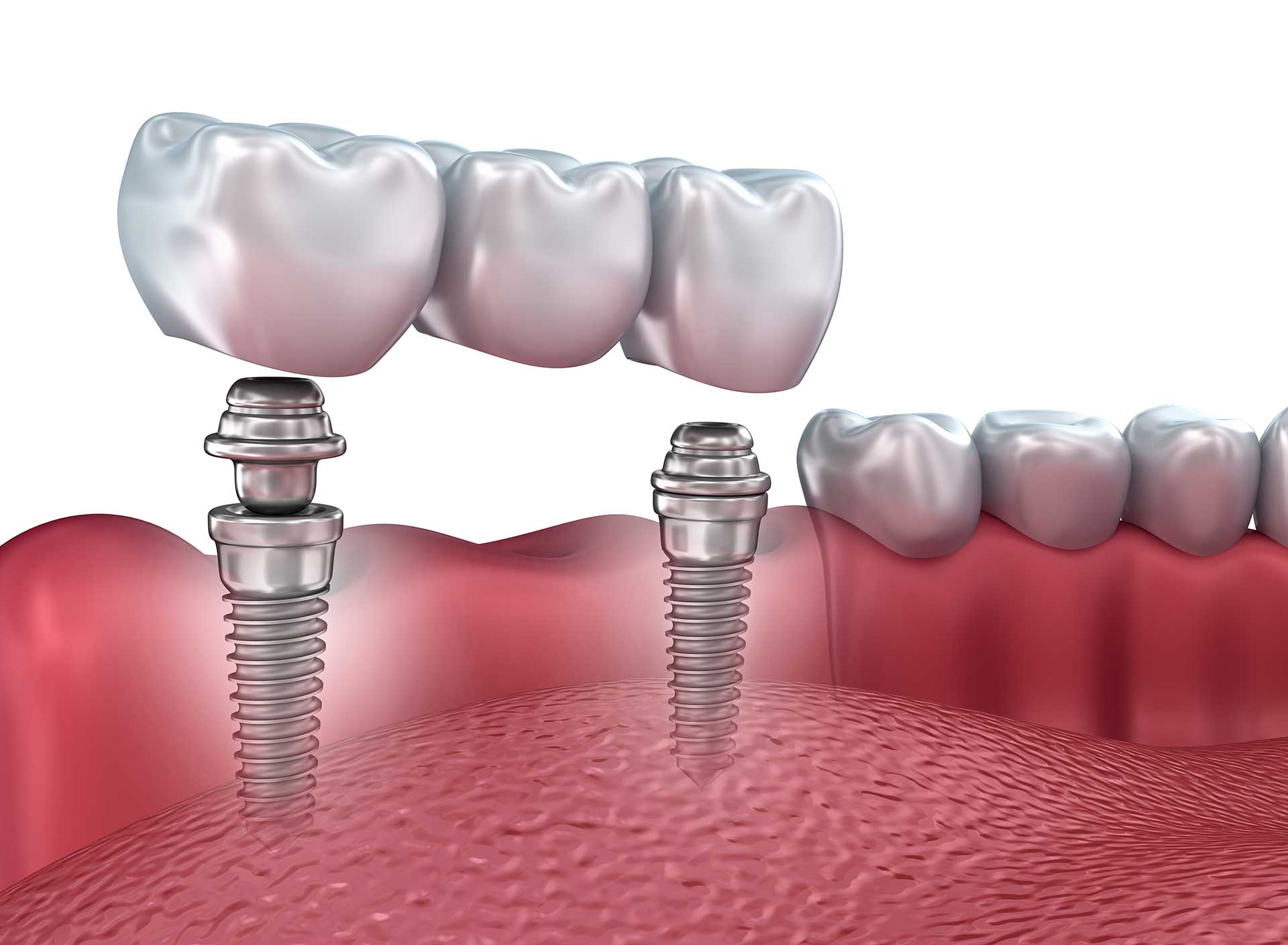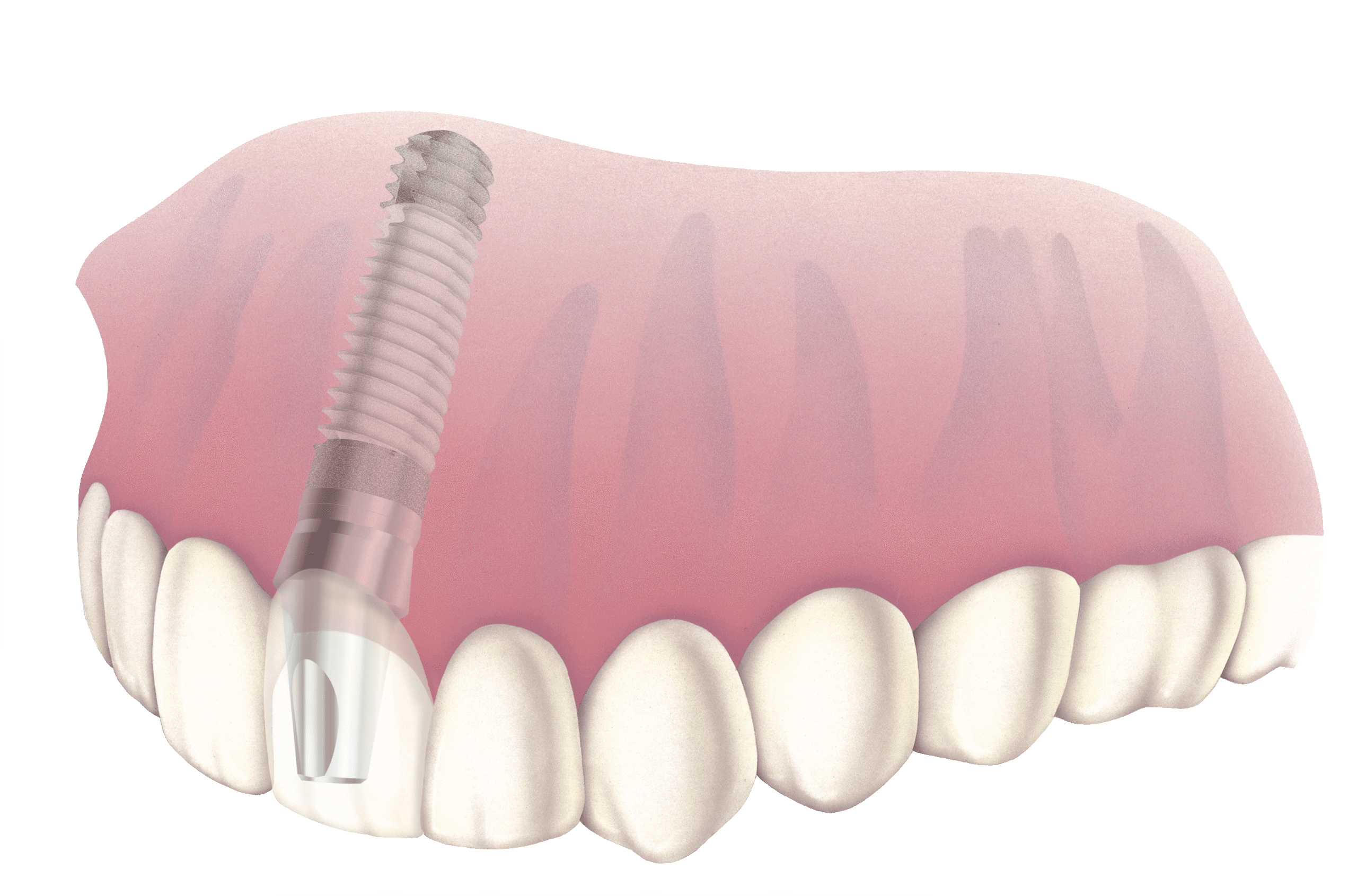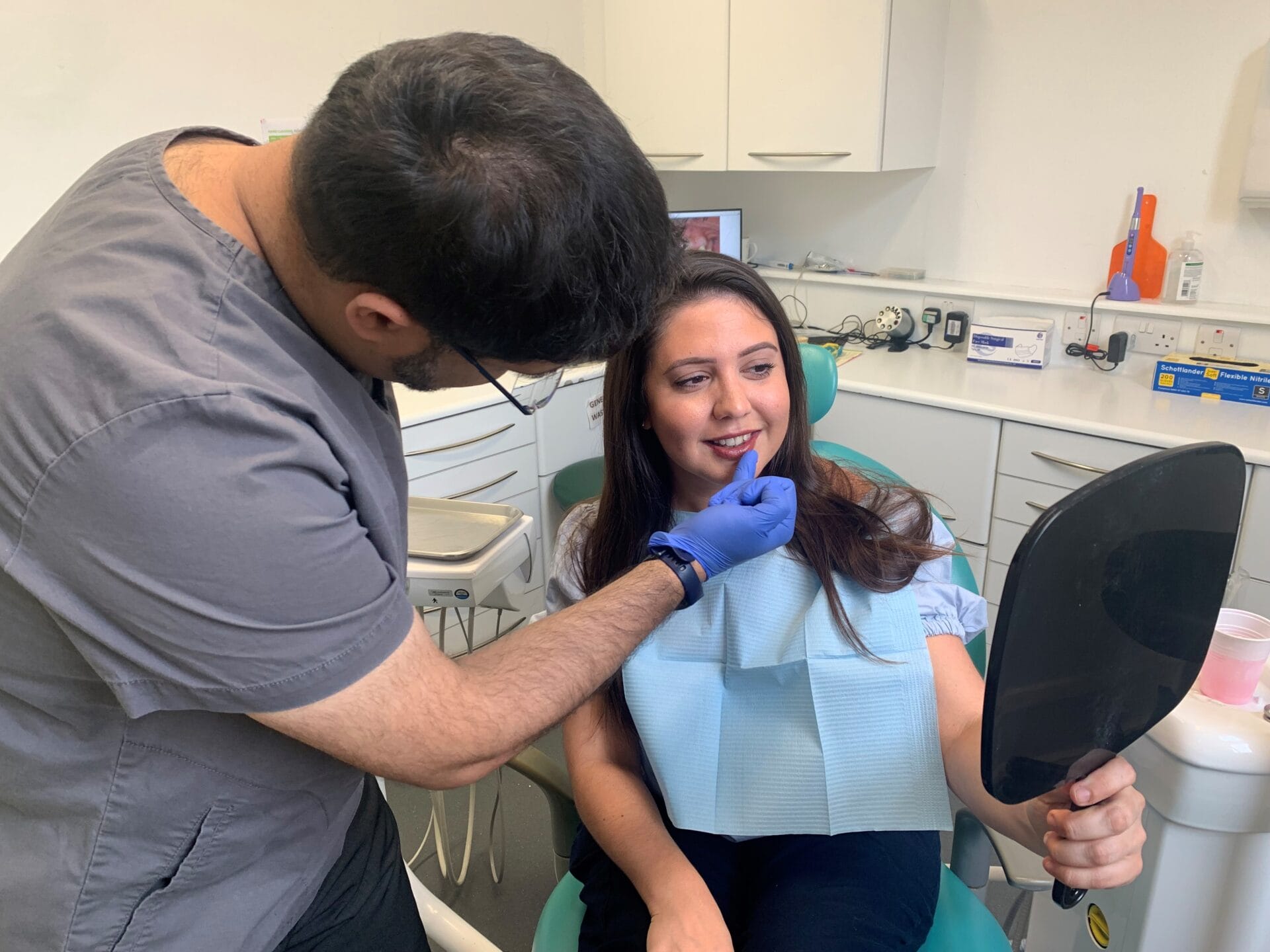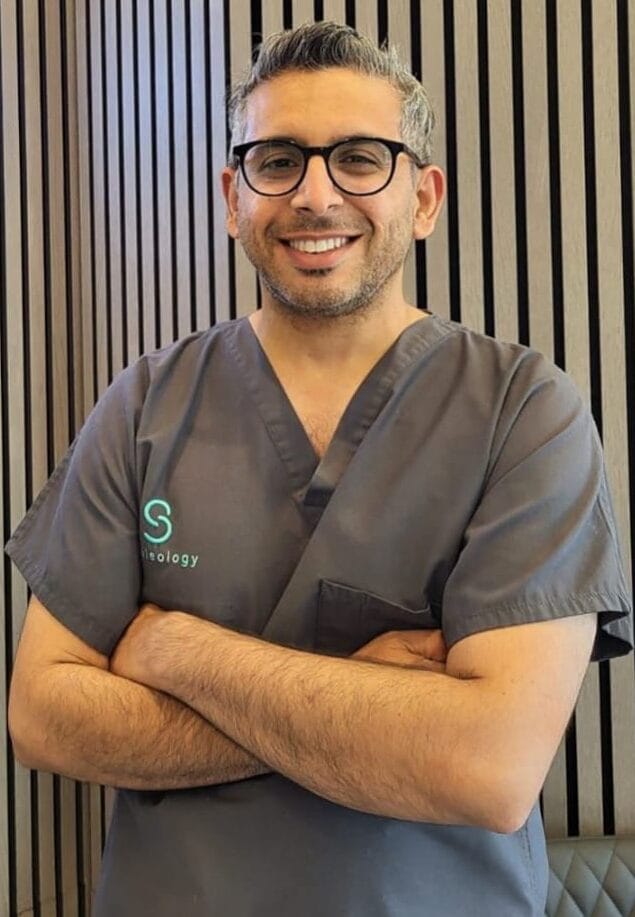Experience the current Developments in Oral Implants Technology
As the field of dental care proceeds to advance, the improvements in dental implant technology have been absolutely nothing brief of impressive. The combination of innovation is revolutionizing the performance of oral implants, promising boosted outcomes and person complete satisfaction.
Advanced Materials for Enhanced Longevity
In the world of dental implants modern technology, the integration of advanced materials has significantly added to improving longevity and longevity of these crucial oral prosthetics. The application of products such as titanium alloys, zirconia, and ceramic substances has actually reinvented the field by providing increased stamina, resistance, and biocompatibility to corrosion.
Titanium alloys are widely utilized in dental implants due to their remarkable strength-to-weight proportion, rust resistance, and compatibility with the body. These alloys make certain the stability and long life of the implant by enduring the forces exerted throughout eating and speaking, providing a trustworthy remedy for patients seeking long lasting tooth substitutes.
Zirconia, a type of ceramic material, has gotten appeal for its biocompatibility and natural tooth-like look. Its high stamina and resistance to put on make it a suitable selection for oral crowns and bridges, enhancing the general looks and functionality of the dental implant.

Digital Imaging for Precise Positioning
The evolution of dental implants modern technology has better advanced with the assimilation of electronic imaging strategies, ensuring precise positioning of these prosthetics for ideal practical and visual end results. Digital imaging plays an important duty in the planning and positioning of oral implants by supplying detailed 3D photos of the patient's jawbone structure. This innovation permits dental practitioners to examine bone density, find essential frameworks, and intend the exact setting and angle for implant placement with unequaled precision.
By utilizing electronic imaging, dentists can create virtual medical guides that work as a roadmap throughout the implant placement treatment. These overviews are personalized for each client, considering their distinct anatomy and the wanted result. This level of accuracy not just improves the success price of oral implant procedures but also reduces the threat of difficulties.
Furthermore, digital imaging enables dental practitioners to envision the last prosthetic reconstruction prior to the actual placement of implants, permitting for thorough preparation and ensuring that the end result meets the person's visual expectations. On the whole, the combination of digital imaging technology has transformed the area of oral implants, offering patients a much more foreseeable, effective, and patient-specific treatment strategy.

Minimally Invasive Surgical Strategies


Advancements in surgical methods have brought about the development of minimally invasive techniques in the area of oral implantology. These techniques intend to lower trauma to the person, shorten healing times, and enhance overall therapy end results. Minimally intrusive surgical treatments entail smaller sized cuts, specialized tools, and advanced imaging modern technologies to specifically position dental implants with minimal interruption to surrounding cells.
One key aspect of minimally invasive strategies is using led surgery, where 3D imaging and computer-aided design software are used to plan the dental implant positioning with excellent precision. This permits a much more foreseeable end result and can typically get rid of the requirement for comprehensive flap surgical treatment.
In addition, developments in materials and implant style have actually also added to the success of minimally invasive strategies. Implants with enhanced surface homes promote quicker osseointegration, decreasing the recovery time required prior to the prosthetic reconstruction can be put.
3D Printing for Customized Solutions
Utilizing 3D printing technology in oral implantology enables the creation of extremely personalized services tailored to specific patient requirements and physiological variants. This sophisticated innovation makes it possible for oral specialists to develop and produce dental implants with phenomenal precision and accuracy. By using electronic imaging strategies, such as cone beam computed tomography (CBCT), detailed 3D versions of the person's mouth can be created to direct the implant preparing process.
One of the key advantages of 3D printing in oral implantology is the ability to produce patient-specific implants that flawlessly fit the unique makeup of each individual. This personalized method useful source assists boost the overall success and long life of the dental implant by guaranteeing ideal fit and placement. Furthermore, 3D printing permits for the production of complex geometries and elaborate structures that would be challenging or difficult to accomplish using typical production approaches.
Furthermore, 3D printing modern technology enables dental professionals to simplify the implantation procedure, decreasing surgery time and improving general client experience. With its capability to create tailored solutions promptly and successfully, 3D printing is revolutionizing the field of oral implantology, offering clients cutting-edge therapy alternatives and enhanced end results.
Integrated Modern Technology for Improved Performance
Carrying out innovative innovation in dental implantology enhances capability and accuracy, boosting the criterion of take care of patients undertaking implant procedures. Integrated modern technology plays a vital duty in boosting the overall success and toughness of oral implants. One key innovation is the integration of digital scanning and imaging modern technologies, such as cone-beam computed tomography (CBCT) and intraoral scanners. These tools permit for thorough 3D imaging of the individual's dental structures, promoting accurate therapy planning and dental implant positioning.
Additionally, the assimilation of computer-aided design and computer-aided manufacturing (CAD/CAM) modern technology enables the creation of personalized dental implant reconstructions with outstanding accuracy. CAD/CAM systems utilize electronic perceptions to make prosthetics that flawlessly fit the individual's unique composition, making certain optimal convenience and functionality. Furthermore, the use of robotic-assisted surgery in implant placement boosts precision and decreases the risk Website of human mistake.
Verdict
Finally, the current advancements in oral implants innovation offer enhanced durability through sophisticated products, specific placement with electronic imaging, minimally invasive surgical techniques, customized services with 3D printing, and boosted capability with incorporated modern technology - Dental implants Kent. These innovations in oral implants technology are reinventing the field and offering people with even more efficient and efficient therapy options for restoring their smiles and oral health and wellness
The combination of modern technology is revolutionizing the capability of oral implants, assuring enhanced outcomes and individual complete satisfaction.
The advancement of oral implants technology has actually even more progressed with the combination of digital imaging techniques, making certain precise placement of these prosthetics for optimum useful and aesthetic end results. read the full info here Minimally invasive medical procedures include smaller cuts, specialized tools, and progressed imaging technologies to specifically position dental implants with marginal disruption to bordering cells.
Executing sophisticated technology in dental implantology boosts capability and accuracy, raising the standard of care for patients going through dental implant treatments. Dental implants Kent. Integrated modern technology plays a critical role in improving the general success and sturdiness of dental implants
Comments on “Restore Your Confidence with Dental Implants Kent: Competence You Can Count On”